Dry skin patches can be a nuisance, causing discomfort, itching, and even embarrassment. Understanding the reasons behind these patches, recognizing the symptoms, and knowing the appropriate treatments can help you alleviate this condition and restore your skin’s health and vitality. In this comprehensive guide, we’ll delve into the causes, symptoms, and effective treatments for dry skin patches, along with the importance of consulting a dermatologist in Kanpur for personalized care.

Dry skin patches occur when the skin loses its natural moisture and oils, leading to rough, flaky, and sometimes cracked areas. These patches can appear anywhere on the body but are commonly found on the face, hands, elbows, and knees. Several factors contribute to the development of dry skin patches, including:

Cold, dry weather tends to exacerbate dry skin, as it strips the skin of its natural oils, leaving it parched and vulnerable
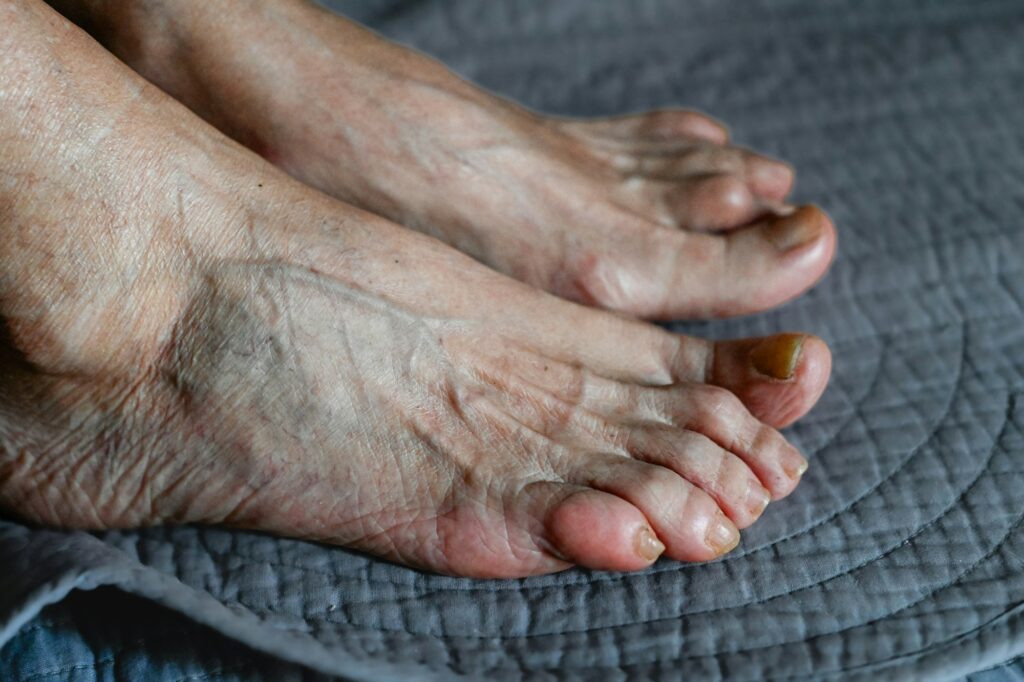
Certain skin conditions like eczema, psoriasis, and dermatitis can cause dry patches as a symptom of the underlying condition.

Prolonged exposure to hot water can strip the skin of its natural oils, which can lead to dryness and irritation.

Using harsh soaps and cleansers that contain strong chemicals can disrupt the skin’s moisture barrier, contributing to dryness.
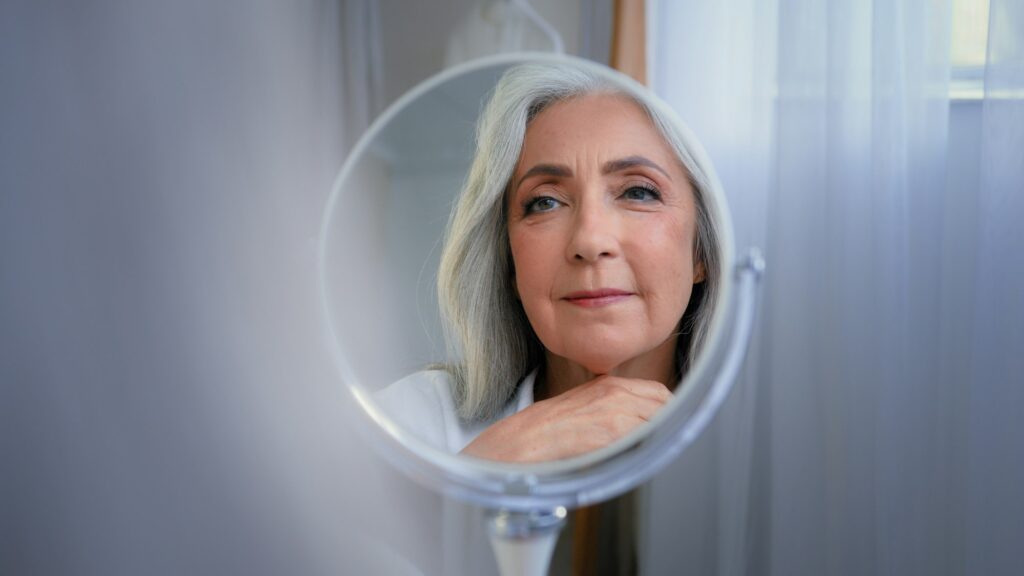
As we age, our skin’s natural oil production decreases, making us more prone to dryness and dehydration.
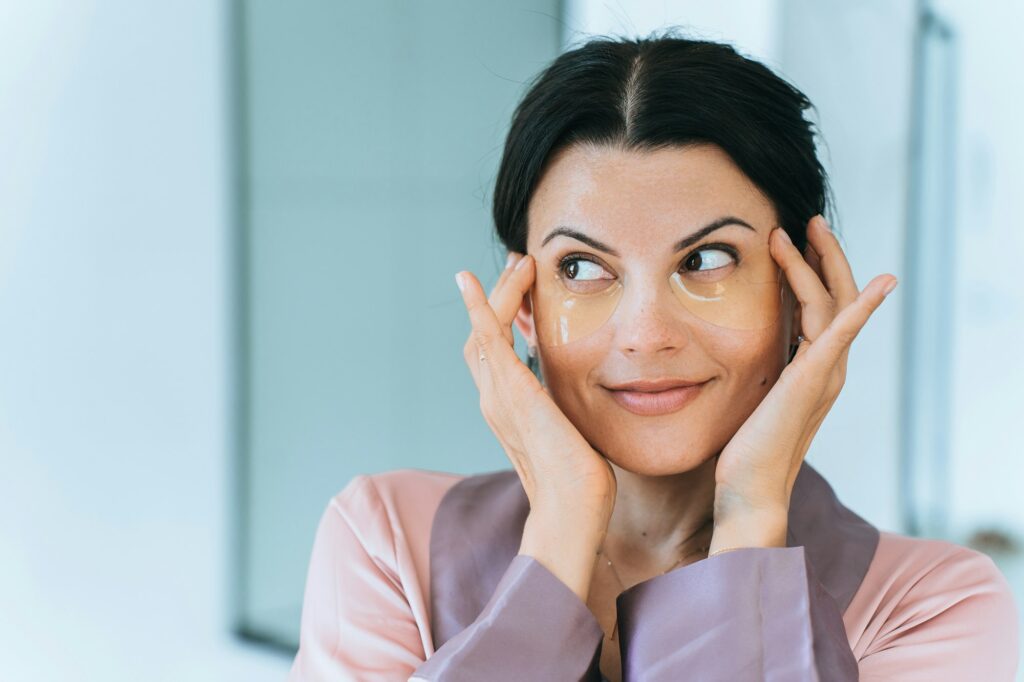
Identifying dry skin patches is essential for initiating timely treatment. Some common symptoms of dry skin patches include:
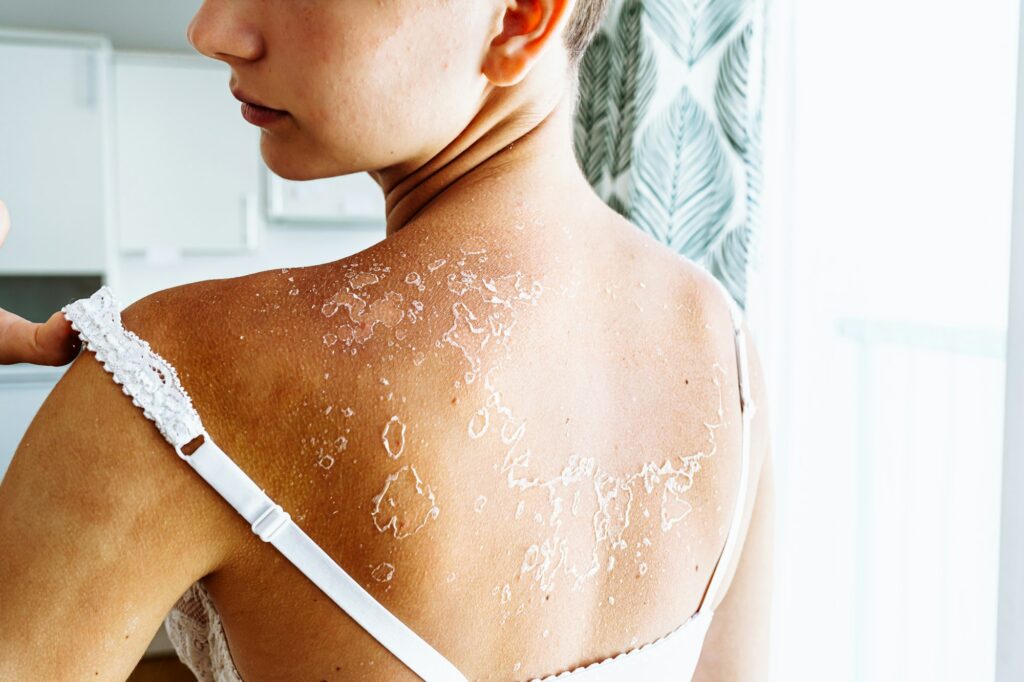
Dry patches often feel rough to the touch and may appear flaky or scaly.

Dry skin patches can be itchy and may cause discomfort, especially if left untreated.
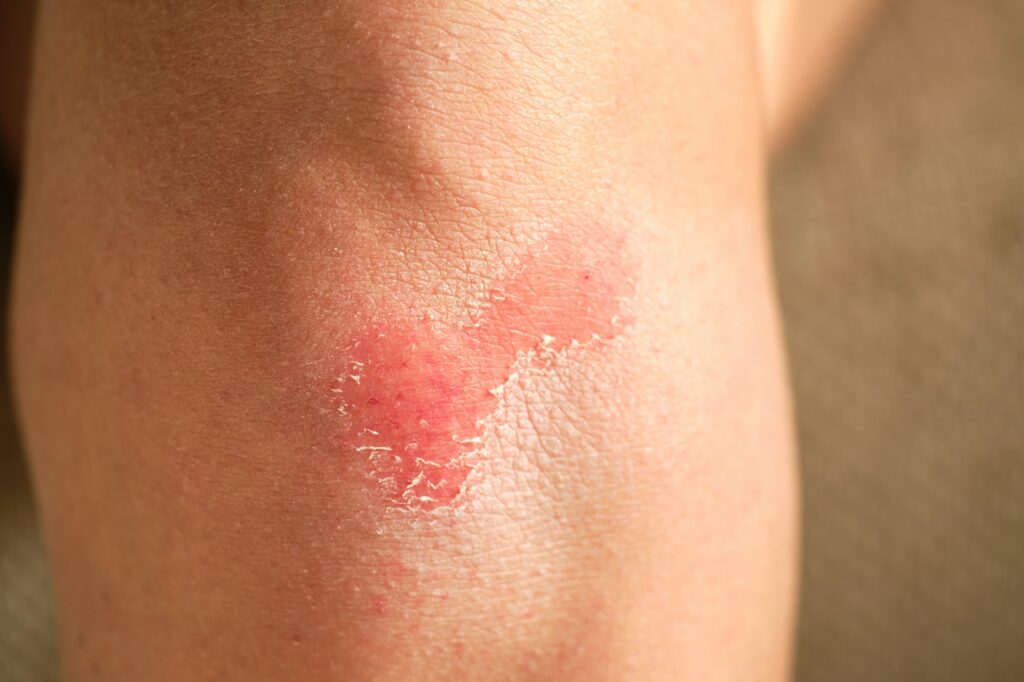
In some cases, dry patches may become red and inflamed, signaling underlying inflammation.
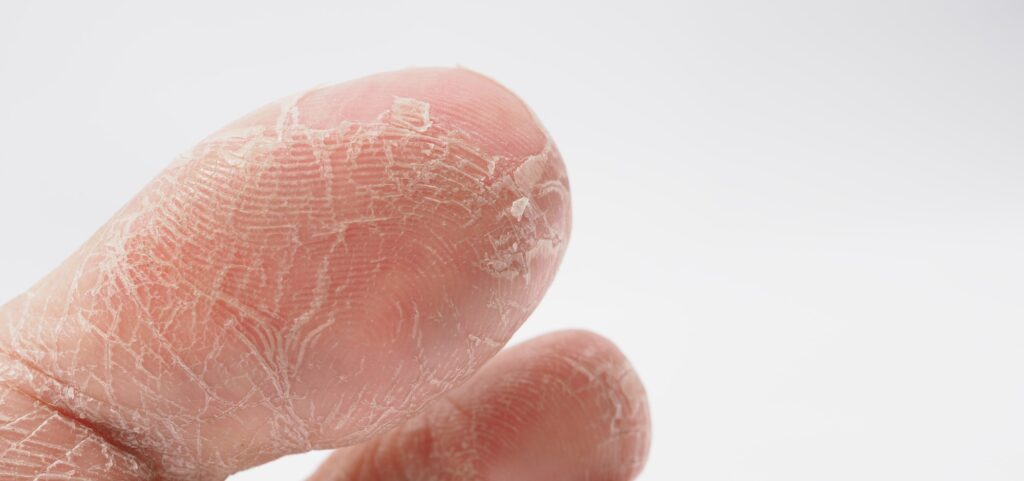
Severe dryness can lead to cracks and peeling of the skin, which may cause pain and increase the risk of infection.
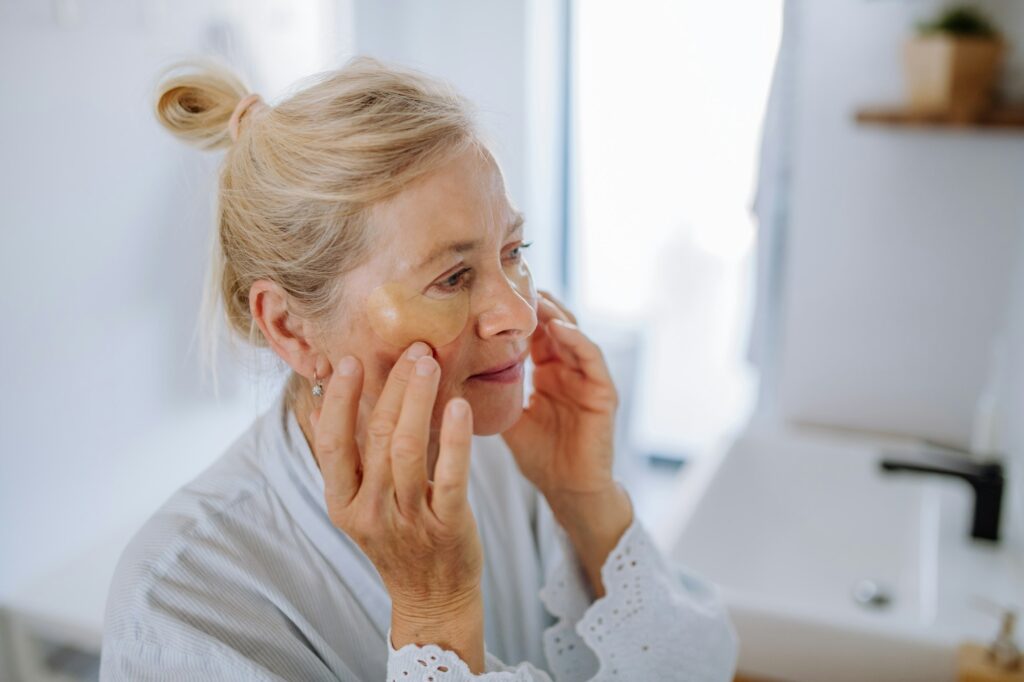
Treating dry skin patches involves replenishing moisture, restoring the skin’s natural barrier, and addressing any underlying conditions. Here are some effective treatments:
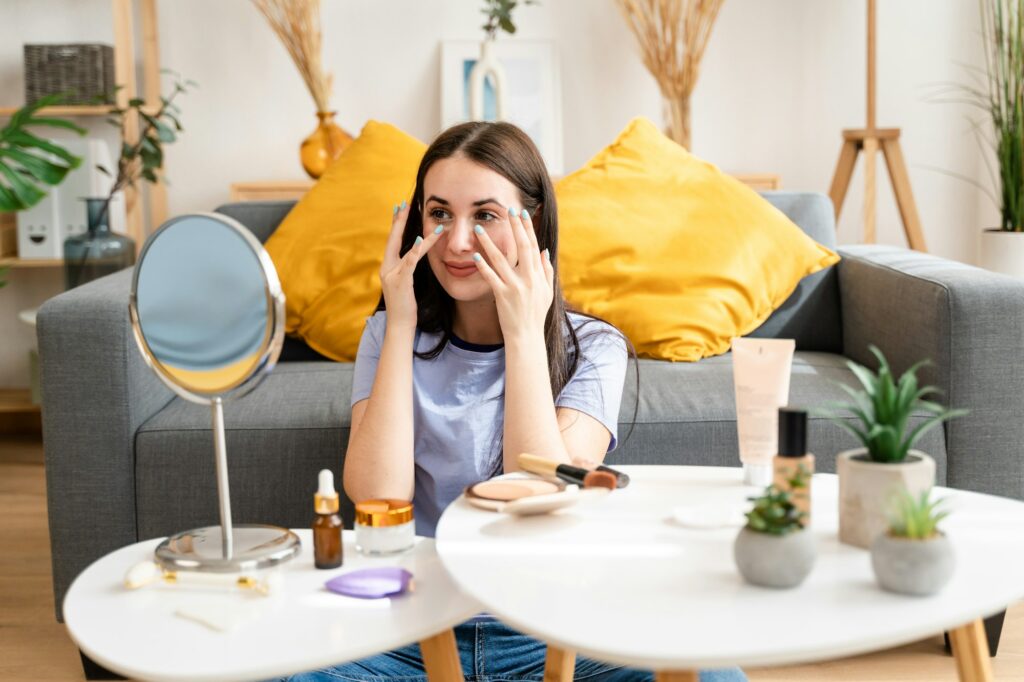
Use gentle, hydrating cleansers and moisturizers that are free from harsh chemicals and fragrances. Look for products containing ingredients like hyaluronic acid, glycerin, and ceramides, which help attract and retain moisture in the skin.
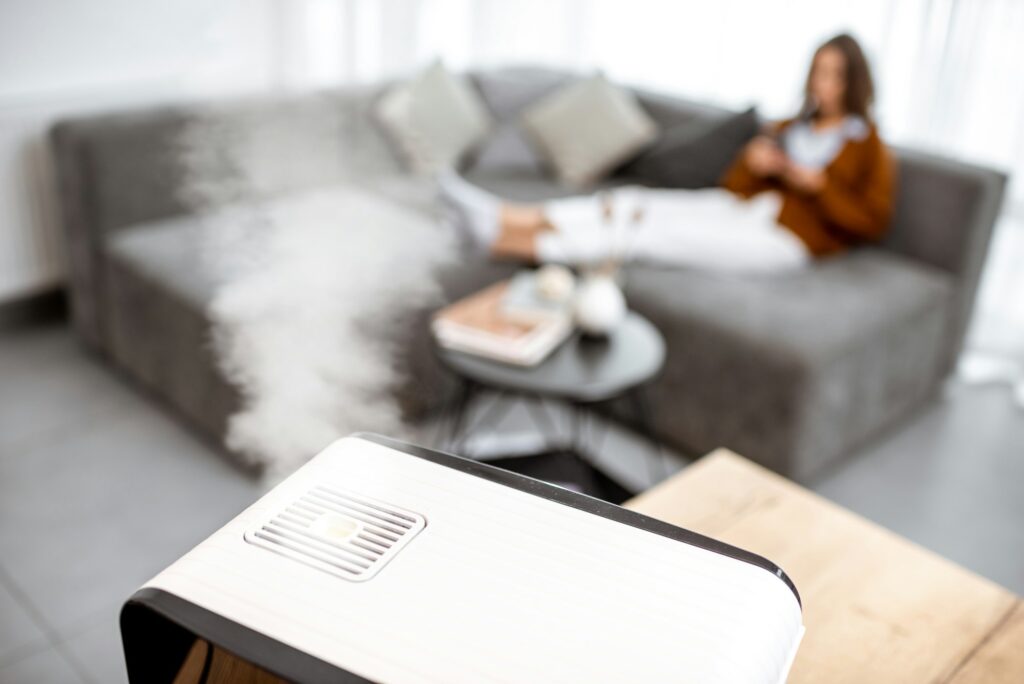
Using a humidifier in your home can help add moisture to the air, preventing your skin from drying out, especially during the winter months.

Opt for lukewarm showers instead of hot ones, and limit your shower or bath time to avoid stripping your skin of its natural oils.

Wear protective clothing, such as gloves and scarves, in cold weather to shield your skin from cold winds and low humidity.
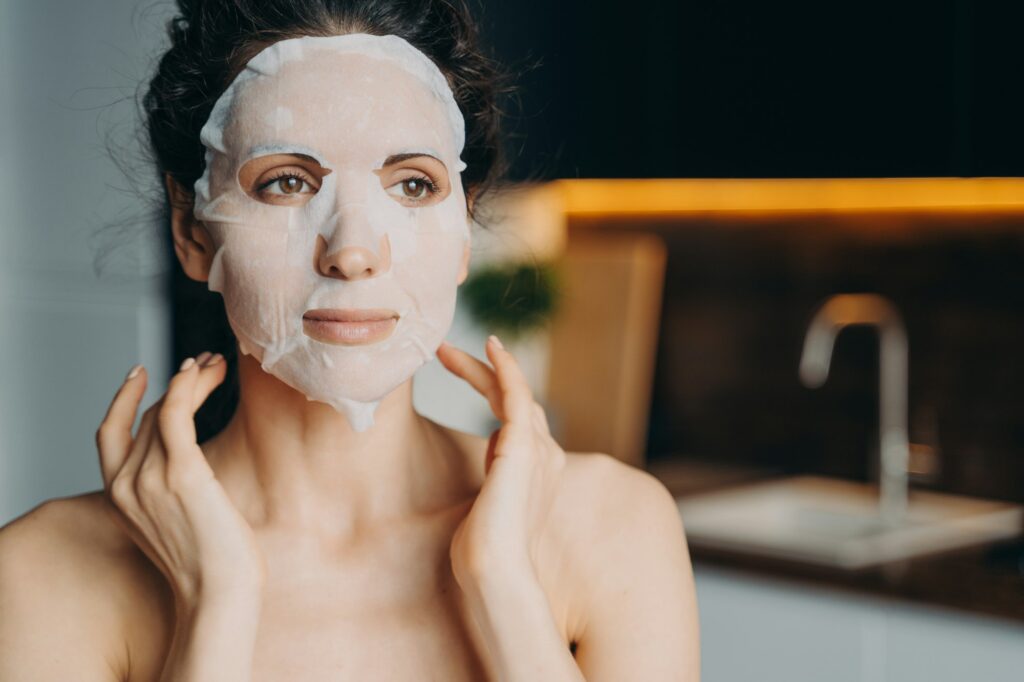
Over-the-counter creams and ointments containing ingredients like hydrocortisone or salicylic acid can help soothe itching and inflammation associated with dry skin patches.

In cases of severe dry skin patches or underlying skin conditions, your dermatologist in Kanpur may prescribe topical or oral medications to alleviate symptoms and promote healing.
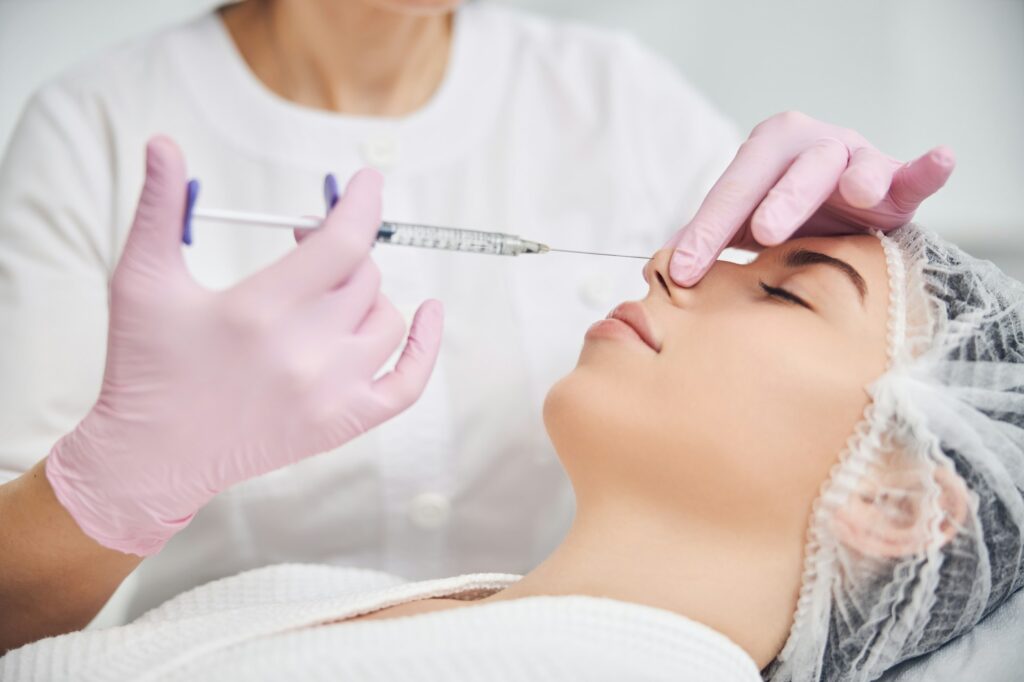
Stay hydrated by drinking plenty of water, eat a balanced diet rich in fruits and vegetables, and limit exposure to environmental triggers like harsh chemicals and extreme temperatures.

While mild dry skin patches can often be managed with over-the-counter remedies, persistent or severe symptoms may require professional intervention. Consulting a dermatologist in Kanpur allows for a thorough evaluation of your skin condition and personalized treatment recommendations tailored to your specific needs. Dermatologists are trained to diagnose and treat various skin conditions, including dry skin patches, and can offer advanced therapies and medical-grade skincare products for optimal results.
In conclusion, dry skin patches can be a bothersome issue, but with the right knowledge and treatment approach, you can effectively manage this condition and restore your skin’s health and vitality. By understanding the reasons behind dry skin patches, recognizing the symptoms, and seeking timely treatment from a dermatologist in Kanpur, you can achieve smoother, more hydrated skin and enjoy greater comfort and confidence in your skin. Remember to prioritize skincare habits that promote moisture retention and consult a dermatologist for personalized care when needed.
©2022. Perfect Point India. All Rights Reserved.